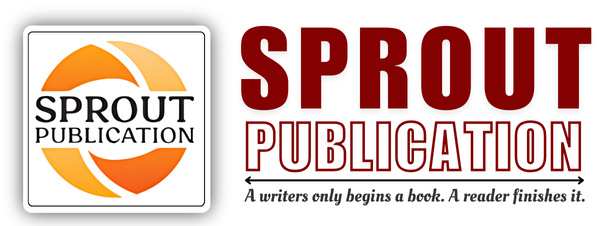Chapter 1: Introduction to Pharmacovigilance
Chapter 1: Introduction to Pharmacovigilance
Author: Dr. Surya Prakash Gupta
Volume: 01
First Online: 31 August 2024
Pages: 1-11
DOI:
Abstract
Pharmacovigilance, the science and activities related to the detection, assessment, understanding, and prevention of adverse effects or any other drugrelated problems, has a rich history and critical importance in modern healthcare. The field emerged in response to the thalidomide disaster of the 1960s, which underscored the need for robust drug safety monitoring. The importance of pharmacovigilance lies in its role in ensuring the safety and efficacy of medicines, thus protecting public health. The World Health Organization (WHO) has been instrumental in promoting international drug monitoring through its programme established in 1968. This programme facilitates the collection, analysis, and dissemination of drug safety information across member countries. In India, the Pharmacovigilance Program of India (PvPI), launched in 2010, aims to safeguard the health of Indian patients by monitoring adverse drug reactions and ensuring that medicines are used safely and effectively. PvPI operates under the Central Drugs Standard Control Organization (CDSCO) and collaborates with healthcare professionals, pharmaceutical companies, and patients to maintain a robust pharmacovigilance system. The continuous monitoring and assessment of medicines’ safety profiles are essential for identifying potential risks and mitigating them promptly, thereby enhancing patient safety and trust in the healthcare system.
Keywords: Pharmacovigilance, Adverse Drug Reactions, Drug Safety Monitoring, Thalidomide Disaster, World Health Organization (WHO)

